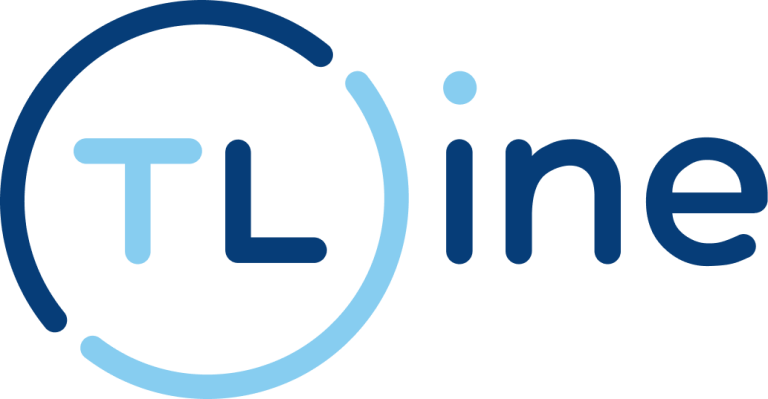In an increasingly digitized world, the way we validate documents has evolved. The confrontation between the traditional signature and the digital signature has given rise to a debate about security, efficiency and legality. We will thoroughly explore the benefits and challenges of each method, shedding light on the dilemma of choosing between handwritten authenticity and technological convenience.
Traditional Signature: A Centennial Bond
The traditional signature, backed by centuries of practice, is the handwritten expression of an individual’s identity and approval. Despite its roots in tradition, it presents certain challenges in the digital age.
Challenges:
Vulnerability to Forgeries: Traditional signatures may be more prone to forgeries, posing security risks.
Slower Processes: Physical documents can require time to be delivered and signed, which slows down processes.
Digital Signature: The Technological Vanguard The digital signature, a product of the digital age, has gained ground in terms of efficiency and security. However, it also faces challenges in widespread perception and acceptance.
Benefits:
Reinforced Security: The digital signature uses cryptography to guarantee the integrity of the document and the authenticity of the signer.
Efficiency and Agility: The digital signature allows fast and remote processes, accelerating the speed of transactions.
Challenges:
Perception and Trust: Some people may doubt the authenticity of digital signatures, which can be a challenge in widespread acceptance.
Technological Requirements: Implementing the digital signature requires access to specific technologies, which can be a barrier for some people.

Benefits:
Legal Recognition: Handwritten signatures are often legally recognized as proof of identity and consent in many legal systems.
Ease of Implementation: No specialized technology required; Any printed document can be signed with a pen.
Facing the Dilemma: Integration and Education The choice between digital signature and traditional signature is not always binary. The intelligent integration of both methods can offer a balanced solution, taking advantage of the authenticity of the traditional signature and the efficiency of the digital signature.
Recommendations:
Education and Awareness: Training and awareness about digital signature security can overcome initial mistrust.
Technology Integration: Integrating systems that support both methods can provide flexibility and adaptability.
7. Elastic Scalability:
Definition: Ability to dynamically increase or decrease resources according to needs.Importance to Director: Understand how elastic scalability can optimize costs and improve performance.
Conclusion: Adaptation in a Changing World
Ultimately, the choice between digital signature and traditional signature depends on an organization or individual’s specific needs and tolerance for change. The key is to embrace technological evolution in an informed way, maintaining a balance between authenticity rooted in tradition and the efficiency offered by digital innovation.







